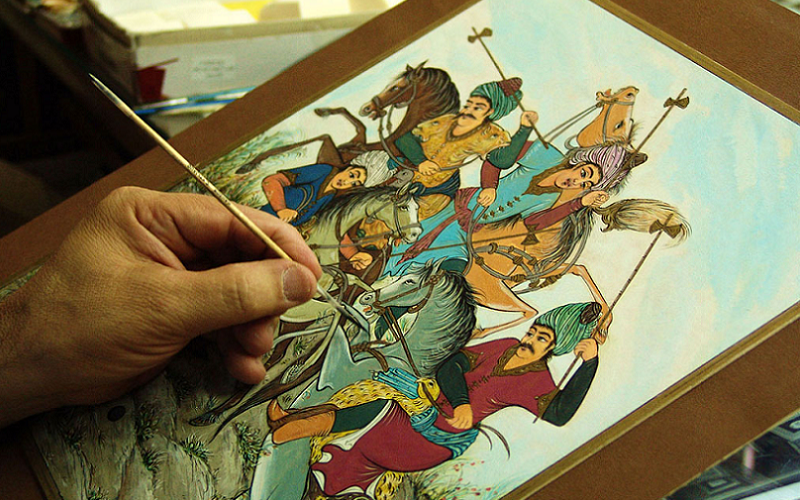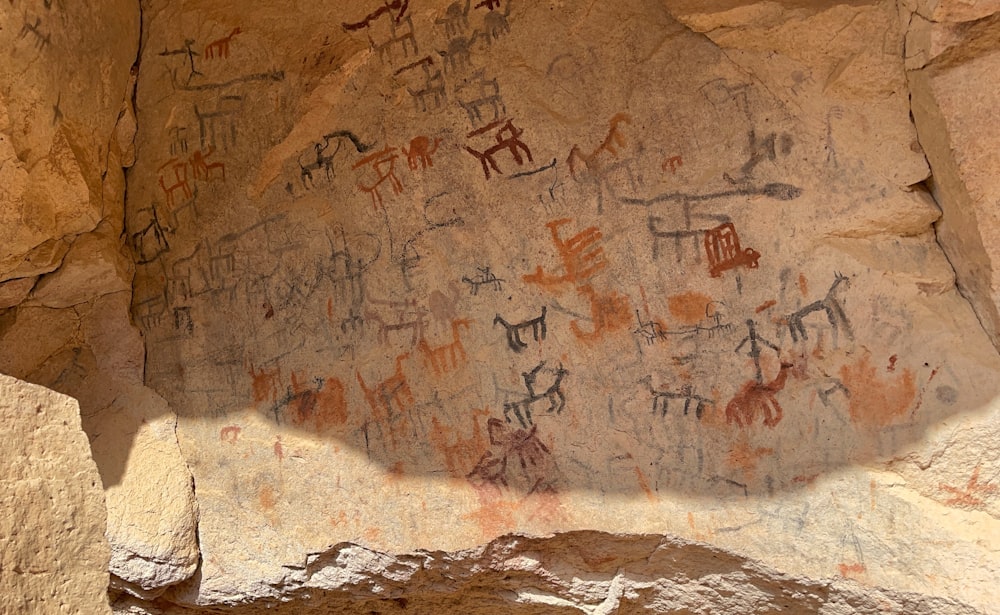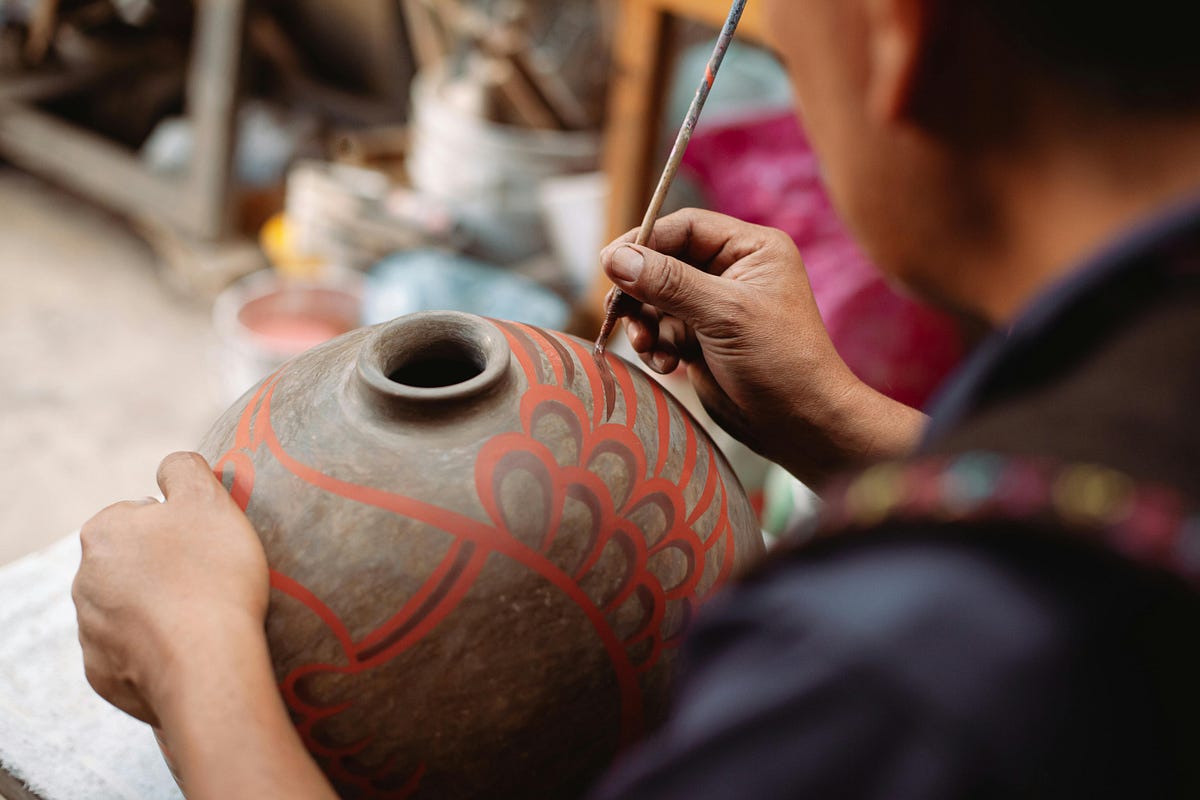
Art serves as a fundamental element in preserving cultural identity and heritage, providing a lens through which societies communicate their history, values, and beliefs. From traditional practices to modern innovations, the significance of art in cultural preservation can be understood through its unique ability to convey narratives, foster connections, and inspire future generations.
Art as a Medium of Expression and Preservation

Art is inherently tied to cultural identity, acting as a vehicle for communities to express their unique narratives. It encompasses various forms—visual arts, music, dance, literature, and theatre—that communicate cultural values and experiences. Such expressions not only reflect the customs and traditions of a people but also document significant historical events that shape their identity. As noted, “Art also plays an important role in preserving cultural identity and heritage” by recording histories and conveying traditions from one generation to the next[3].
Indigenous communities worldwide have relied on traditional art forms to sustain their narratives and practices. For example, Polynesian tattoo artwork serves as a record of life experiences and genealogies, encapsulating the legacies and beliefs of their communities[5]. Similarly, through historical pieces like the Parthenon Marbles and the Ishtar Gate, art provides insight into the cultural values and historical significance of the civilizations that created them[3].
The Evolving Nature of Art and Culture

Art is not static; it evolves along with the cultures it represents. As societies face new influences and changes, artists adapt their work to reflect contemporary realities. This adaptability means that art becomes a living representation of culture, responsive to global challenges and dialogues. The historical context of art movements such as the Renaissance, Romanticism, and Modernism illustrates how societal values and aspirations are captured and challenged through artistic practices[2].
In today’s globalized world, the challenge lies in preserving unique cultural identities amid the risk of cultural homogenization. The interaction between traditional practices and modern influences calls for a renewed commitment to safeguarding heritage through art. This necessity emphasizes the role of artists as custodians of cultural narratives, enabling the continuity of traditions while allowing for creative expression that resonates with contemporary audiences[4][6].
Educational Impact of Art in Cultural Awareness

Art serves as an educational tool that enhances understanding and appreciation of diverse cultures. Engaging with art from different backgrounds can challenge stereotypes and foster cross-cultural dialogue. As communities come together to celebrate their artistic heritage through festivals, exhibitions, and educational programs, they create platforms for sharing stories and experiences, thereby promoting empathy and respect[5].
Cultural education through art helps instill pride in traditional heritage, encouraging younger generations to connect with their roots while embracing innovation. Studies have shown that exposure to diverse artistic expressions fosters cultural understanding and belonging, contributing to social cohesion in multicultural societies[6].
Challenges to Traditional Art Forms
Despite its importance, traditional art forms face numerous challenges in the modern age. Economic pressures, urbanization, and the allure of popular culture often threaten the viability of these practices. Artists and communities struggle to maintain their cultural practices in the face of rapid globalization and technological advancement. In this context, it is vital to provide support and resources for traditional artisans, ensuring their skills and knowledge are preserved and passed on[7].
Community-led initiatives, such as documentation and archiving of traditional art forms and educational outreach, can solidify the foundation for future generations. Incorporating cultural heritage into educational curricula and increasing public awareness are effective strategies to promote the significance of traditional art[6][7].
Art’s Role in Social Change and Cultural Identity
Art is a powerful catalyst for social change, often addressing issues such as inequality, oppression, and injustice through visual commentary and activism. The works of artists who engage with pressing social issues—like Banksy's street art that critiques societal norms—serve as reminders of art’s potential to inspire collective action and foster dialogue[2][4].
Moreover, public art projects and community murals play a crucial role in revitalizing urban spaces, thus enhancing social cohesion and community pride. These artistic expressions solidify collective identities, helping communities navigate their evolving narratives and histories[4][5].
Art retains its relevance in cultural preservation not only as a historical document but as a spirited conversation between past and present. In a globalized world that constantly reshapes cultural identities, art embodies resilience, adaptability, and the power to inspire future generations. The continued investment in preserving art and its practices assures that cultural narratives endure, fostering a richer, more inclusive understanding of humanity’s diverse tapestry.
Conclusion

In summation, art remains a pivotal force in the preservation of cultural identity and heritage. It authentically represents the unique narratives of societies, facilitating communication, education, and social change. By understanding and supporting the role of art in cultural preservation, we can appreciate its power to connect individuals across time and space, ensuring that cultural identities not only survive but thrive in our collaborative future.
Get more accurate answers with Super Pandi, upload files, personalized discovery feed, save searches and contribute to the PandiPedia.
Let's look at alternatives:
- Modify the query.
- Start a new thread.
- Remove sources (if manually added).